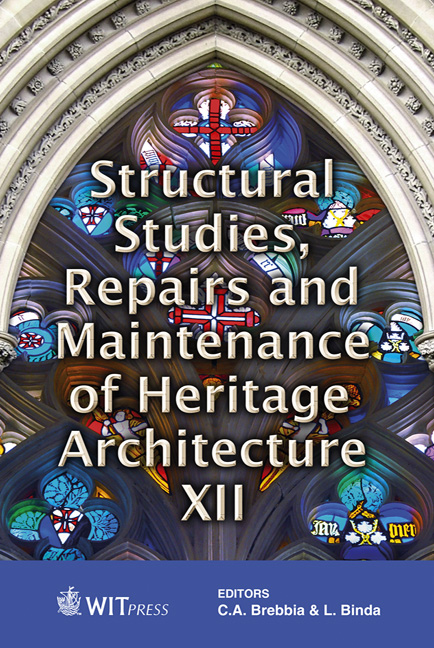Learning From Historic Wooden Structures: Performance Through Hurricanes, Earthquakes And Other Challenges In The Tropics
Price
Free (open access)
Transaction
Volume
118
Pages
10
Page Range
519 - 528
Published
2011
Size
1,904 kb
Paper DOI
10.2495/STR110431
Copyright
WIT Press
Author(s)
D. Luna
Abstract
The design, construction process, performance and materials of the historic wooden structures in Puerto Rico should be taken as an example. Their performance through hurricanes and earthquakes make them valuable in order to understand their success. This paper will highlight their qualities and the topics of materials, energy and water conservation, cross ventilation, construction details, structural details, restoration, reuse and human knowledge, from my personal experience in the restoration of my house. Every component of the wooden structures was designed with a specific purpose. The sustainable process requires learning from the efficiency of the past and reuse in the future. Keywords: learning from the past, regional architecture, wooden structures, seismic vulnerability and vibrations, assessment, retrofitting and reuse of heritage buildings, material characterization and problems, performance and maintenance and environmental damage. 1 Introduction Puerto Rico is an island surrounded by the Atlantic Ocean and the Caribbean Sea, located in the tropics. The island, approximately 100 miles east to west by 35 miles north to south, is bounded by offshore active faults on all sides. Population in Puerto Rico is approximately 4 million. Discovered in 1493 by Christopher Columbus, the island has developed into 78 municipalities in which San Juan is the Capital City. Since the 15th century, structures in Puerto Rico have been constructed in wood, brick and stone. Through the small towns in the island wood houses are still standing as a living witness of our native architecture.
Keywords
learning from the past, regional architecture, wooden structures, seismic vulnerability and vibrations, assessment, retrofitting and reuse of heritage buildings, material characterization and problems, performance and maintenance and environmental dama




